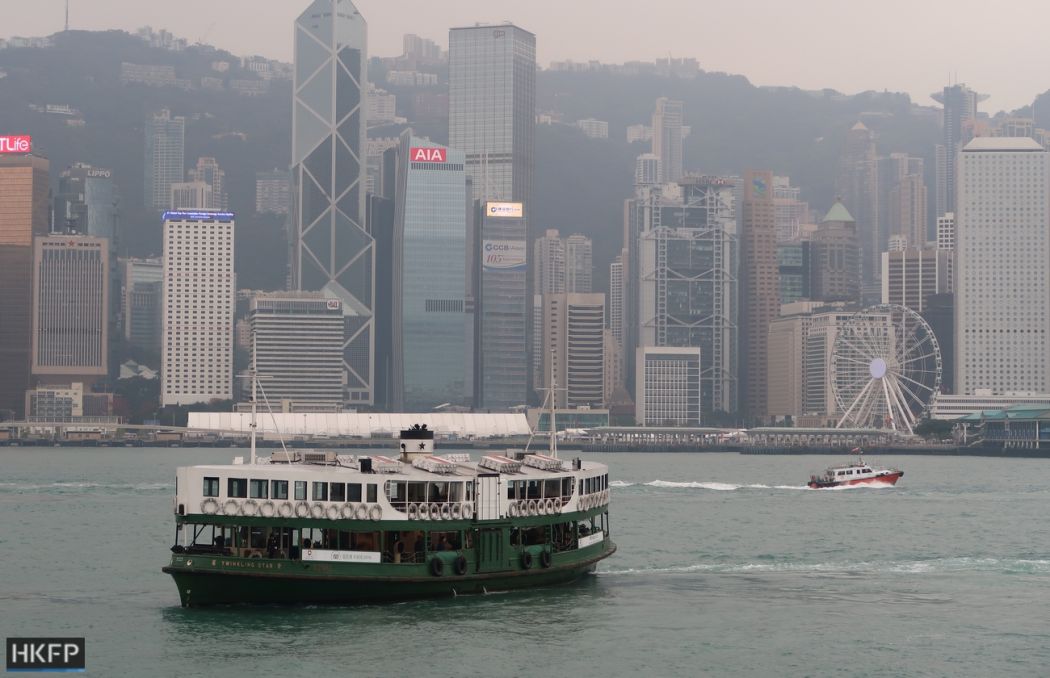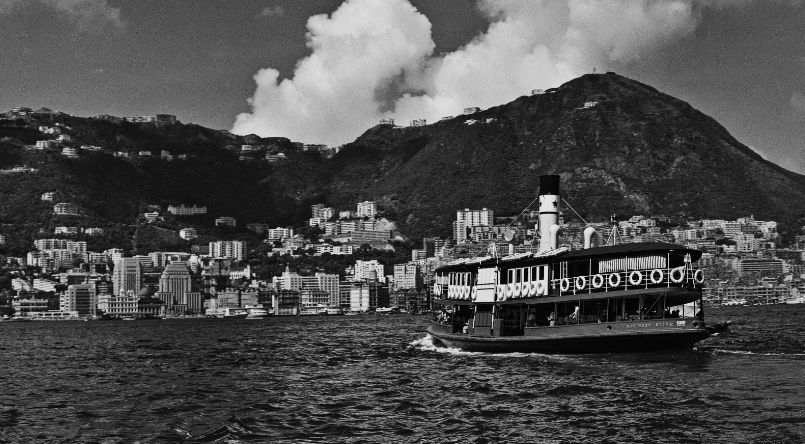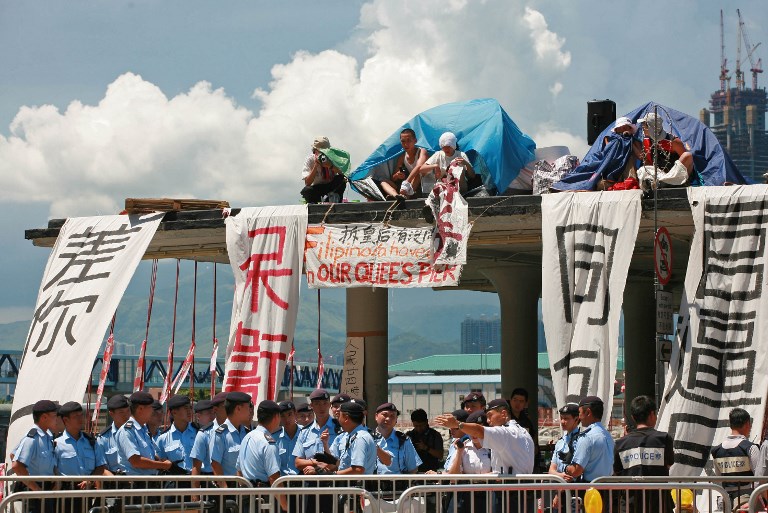Ten years ago, Hong Kong’s Queen’s Pier was closed to facilitate land reclamation in Central. When the government’s plans to demolish the colonial relic were announced, they sparked a series of protests that some believe marked the birth of the the post-80s and heritage conservation movements, catapulting activists such as Eddie Chu and Ho Loy to public attention.

The second incarnation of the pier was built in 1954 near City Hall and Edinburgh Place. It served as a ceremonial landing place for British colonial governors. Members of the Royal Family, including Queen Elizabeth II in 1986 and Prince Charles and Princess Diana in 1989, also used the pier for their official visits.
In September 2006, the Legislative Council announced that Queen’s Pier and the adjacent Star Ferry Terminal would have to be demolished to make way for land reclamation and the construction of the Central-Wan Chai bypass. Public outrage erupted as many claimed that the pier represented a part of the city’s “collective memory,” serving as a part of its historical and cultural heritage.

Protests and sit-ins in November and December 2006 sought to preserve the Star Ferry Terminal. After the government accelerated demolition efforts by carrying out works overnight on December 16, protesters vowed to return to save the Queen’s Pier.

On April 26, 2007 the Queen’s Pier officially concluded its ferry services, while still allowing public entry into its recreational space. At midnight, citizens arrived to bid their farewells, with tens of conservationists setting up camp in silent protest of the government’s decision.

Activists from grassroots organisations and political parties, as well as members of the general public, argued that the pier was a valuable piece of the city’s heritage, given its unique architectural style and its traditional ceremonial function.

On July 22, protesters from the organisation Land Justice League began to occupy the pier after then-secretary for home affairs Patrick Ho turned down a request to declare the Queen’s Pier a heritage monument. Activist Ho Loy and now-lawmaker Eddie Chu filed a judicial review to contest Ho’s decision, which was later dismissed.

On July 27, three activists announced their intention to begin an indefinite hunger strike and silent sit-in protest until the Hong Kong government promised to preserve the pier.

On July 29, then-development secretary Carrie Lam appeared at the pier to debate with activists.
On July 30, the Lands Department issued a notice saying that the protesters were occupying government land in violation of the law. Activists were requested to evacuate the premises by midnight on August 1.
People chained themselves to the railings of the pier and refused to leave. They shouted slogans and put up signs criticising the government for disregarding public sentiment.

On August 1, protesters were forcibly evicted from the pier by police, after activists “Long Hair” Leung Kwok-hung and Fred Lam chained their necks to the pillars of the pier. The structure was dismantled quickly thereafter.

Plans to reconstruct the Queen’s Pier at its original location were tabled in June 2016. Then-secretary for development Paul Chan said then that suggestions to place the new pier in the same location were “unrealistic.“
